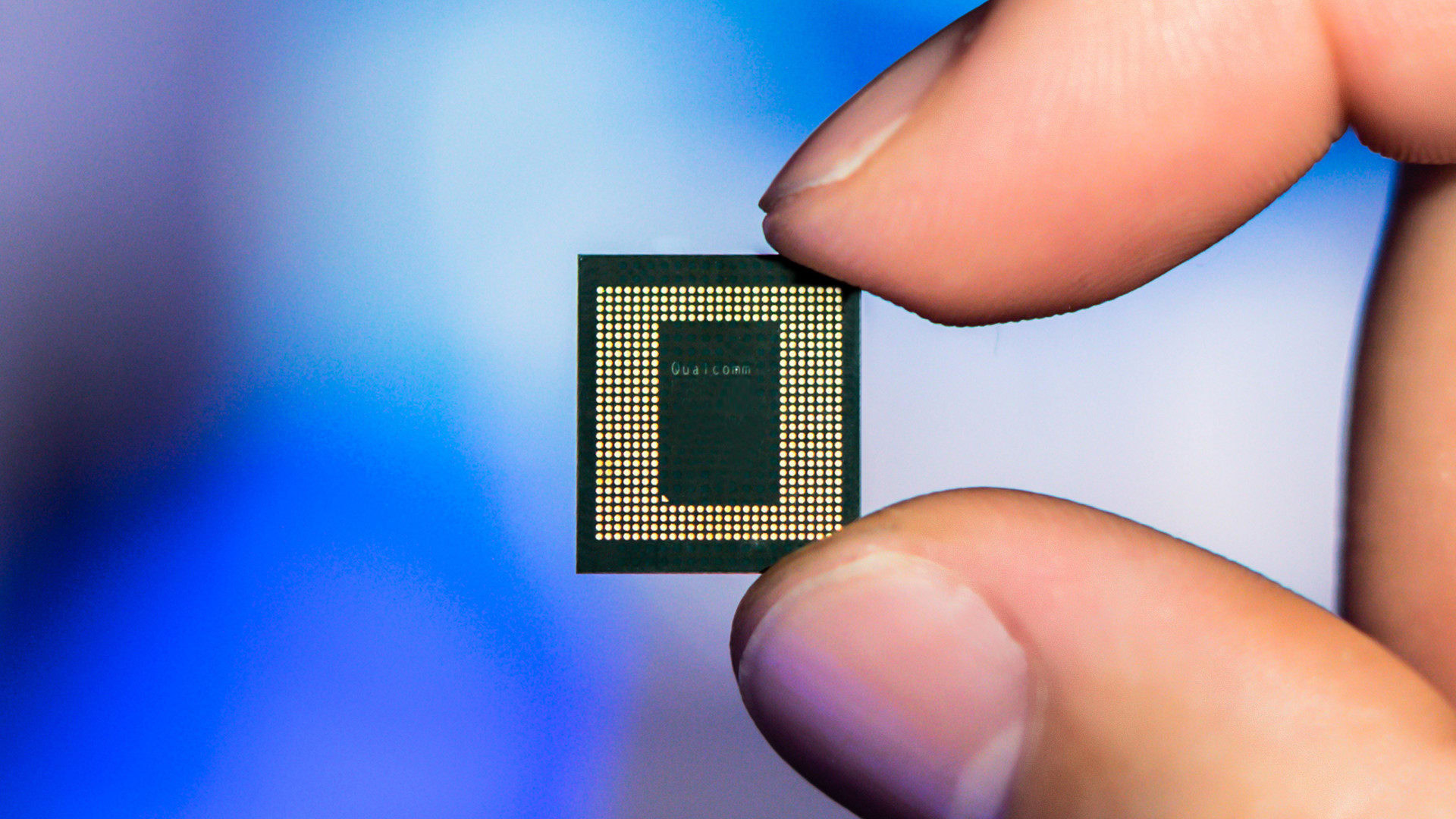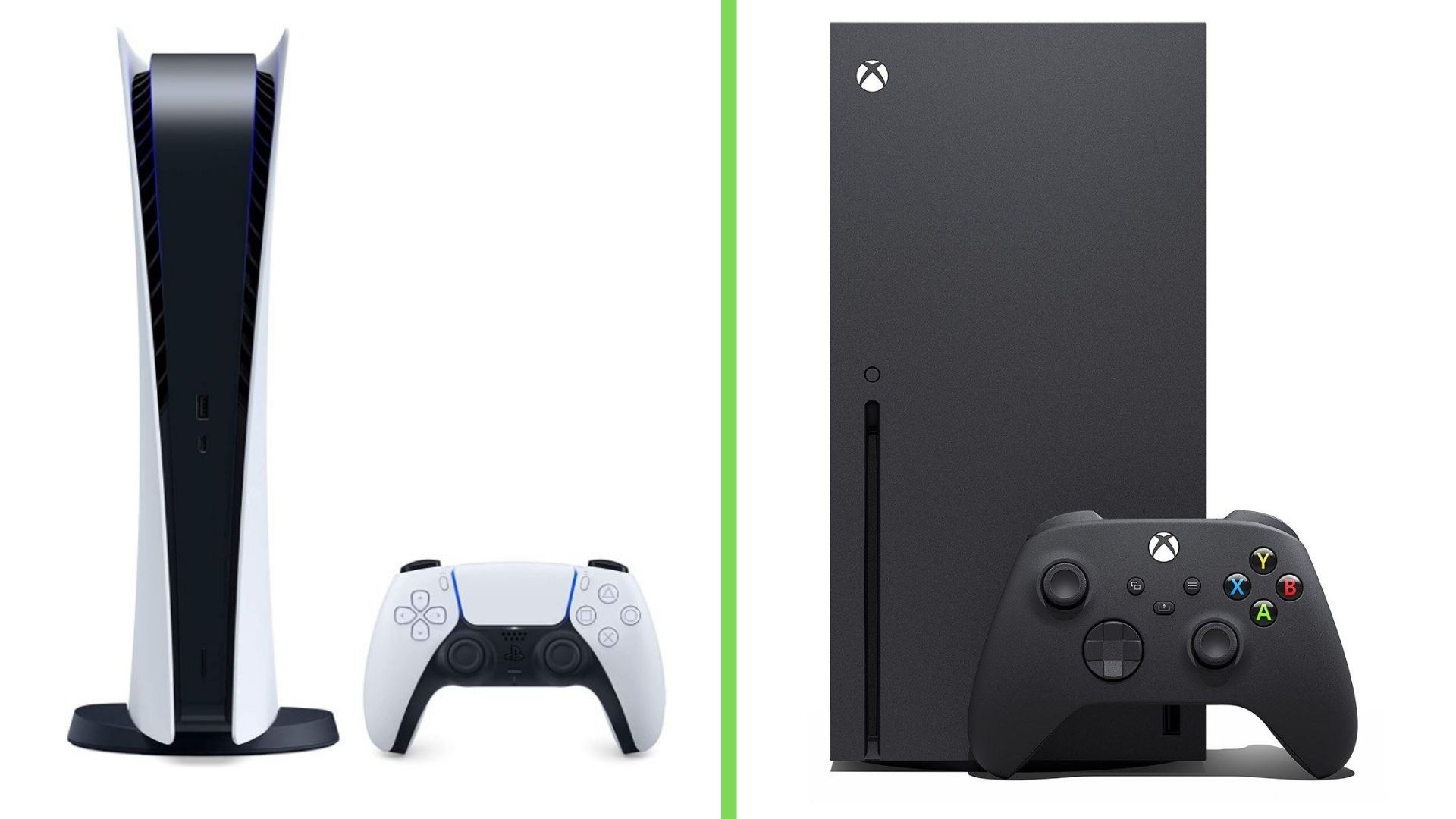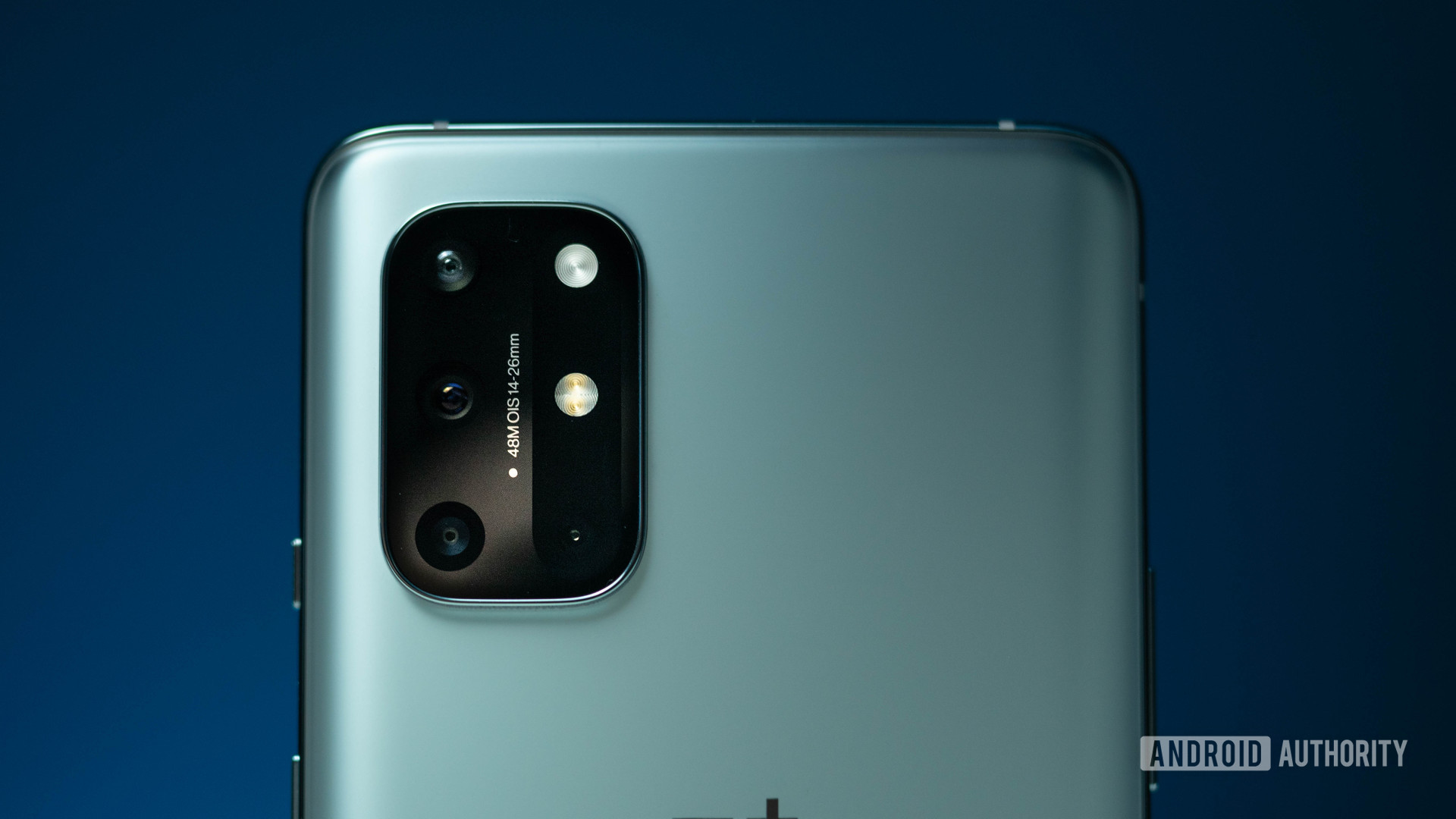Affiliate links on Android Authority may earn us a commission. Learn more.
The Weekly Authority: The 5nm chipset war of 2021 is going to be great

Authority Check: 5nm chipsets and 2021
Question without notice: What size process did the first Qualcomm Snapdragon, the S1 chip, use? Back in 2007?
A: 65nm.
Next question: In 2021, 14 years later, how good will the Qualcomm Snapdragon 875 be, if it’s a 5nm process?
Answer: We’ll find out details within just weeks. But hopes are high!
Firing up the Snapdragon: The Snapdragon 875, according to reports now made on a 5nm process, should be powering flagship smartphones from January. The 875 will see the first process shrink after two generations (Snapdragon 855 and 865) on TSMC’s 7nm node, and the shift to 5nm is not a small shift. It may be one of the better jumps in power and efficiency in years.
Add to the significance is the reported shift from arguably the world’s best fab at TSMC. Instead, multiple reports indicate the next Snapdragon will be manufactured by Samsung Electronics, at a 5nm process.
- Samsung again: The last time Samsung produced a Snapdragon was in 2017: the Snapdragon 835, found in the likes of the Samsung Galaxy Note 8, OnePlus 5, Razer phone, and Essential PH-1. (Update: corrected)
Key point: Samsung will also be making its own 5nm Exynos chipsets, under a radical new approach. After disappointing performances from uncompetitive Exynos chipsets, Samsung cut its losses, dropping out custom designs in favor of Arm’s off-the-shelf Cortex IP. And, Samsung is partnering with AMD for Exynos graphics, too, licensing the RDNA graphics microarchitecture. We may see the first fruits from these new partnerships in 2021.
- Sad fact: Samsung’s custom Mongoose CPU, even in the latest Exynos 990, has consistently struggled for power efficiency.
So while consolidation is bad for wider industry competition, flagships in 2021 using the latest Snapdragon and Exynos silicon are exciting, because the 5nm process looks to deliver both a boost to energy efficiency, and silicon area density. More density means more transistors and space to add more useful elements.
- Sidenote: The drop from 7nm to the industry’s smallest 5nm manufacturing node doesn’t truly represent transistor geometry. Think of it more like a model number, but in this game, lower is better.
Add in two more competitors:
- MediaTek attempting to close the gap to Qualcomm, with its own 5nm chipsets with speedy Arm CPU cores. MediaTek just hasn’t quite been at the top, but things change.
- The Google ‘Whitechapel’ project, which reportedly is Google’s attempt at developing its own silicon, working with Samsung on 5nm chipsets.
5nm is already here, too:
We’re getting a sneak peek at what might be courtesy of two chips already on the 5nm process: the Apple A14 Bionic (made by TMSC), in the iPhone 12 series and the iPad Air 2020, and HUAWEI’s Kirin 9000 chipset (also by TSMC), released in the HUAWEI Mate 40 series.
My colleague Rob Triggs broke down what we know about the Apple 14 Bionic, including benchmarks. Apple used the increase in silicon density to boost CPU and memory capabilities but left the GPU performance roughly the same. Still, it’s the fastest chip on the block right now. But the Snapdragon line hasn’t reach 5nm.
- Takeout: The Snapdragon 875 will be the first true test of Android hardware against Apple hardware.
Over on HUAWEI’s Kirin 9000, my colleagues haven’t completed all benchmarks of this chip to fully reveal all that we’re seeing. However, the Mate 40 Pro did outperform the Snapdragon 865 in all CPU benchmarks, even if the GPU fell short; a HUAWEI/Kirin issue for some years.
Perhaps more important is efficiency. Some super early data that isn’t yet fact-checked suggests at least double-digit gains in power efficiency for the Kirin 9000, thanks to the 5nm process.
What to expect from the Snapdragon 875? 5nm wins, and then some:
- The next Qualcomm X60 5G modem should make the X55 modem look second-rate if it is indeed integrated, and not a separate chip. A complete SoC solution in one chip will reduce excess silicon in flagship smartphones, helping make more room for other components including battery and camera housings, and reducing power draw. We may even see support for dual-SIM 5G.
- The silicon density increase we’ve seen in the A14 and Kirin 9000 improves power and efficiency in the 875, as mentioned: double-digit gains through process alone, even before CPU improvements?
- And, it will also be a test of Samsung’s manufacturing prowess in 5nm.
- Fact: Samsung announced in 2019 it would spend $116B to compete with TSMC and Intel in the made-to-order foundry business.
What it all means:
- 5G toting flagships in 2021, look on paper at least, to be more powerful and more power-efficient and with more internal space for components.
- And while we should be able to say that every year, the jump between 2020 and 2021 flagships may well be one of the biggest and most important in some years.
- Think more power but less power draw, a holy grail of sorts. Plus, more space for bigger batteries, and tricks like pop-up cameras made possible again.
Popular News
Nokia TVs? This caught the eye of many, but sorry to say I have some bad news. Read on!
Plus, new drones, Google’s Pixel quality control questioned again, and Apple’s event announcement. It’s been a long week, but we’ve been keeping track.
- Nokia unveiled a host of low-cost 4K Android TVs. Well, sort of. I saw these TVs in person here in Berlin. They’re actually made by a third-party and branded Nokia, to be sold as super affordable Android TVs in Europe. Which is good and all, but I wasn’t blown away by the display quality, although the briefing room wasn’t set up to show them at their best. At least the smarts were Android TV! But there’s not much true Nokia about these, unfortunately (November 3, 2020).
- Google confirms Pixel 5 screen gaps are part of the phone’s design. Despite forum complaints, a Google rep said these are “normal,” with “no effect on the water and dust resistance or functionality.” Pixel quality control, it’s fair to say, has never quite been industry-leading (November 4, 2020).
- OnePlus 8T Cyberpunk Limited Edition launched: lots of comments on the purposefully oversize main camera bump! Only in China for now, unfort. (November 2, 2020).
- WhatsApp is rolling out Disappearing Messages this month! Finally! Disappearing Messages last for seven days and oddly, you can’t adjust the expiration period as is the case with rival messaging apps (November 2, 2020).
- The new DJI Mini 2 drone looks to be a great deal to get started in the space, taking the popular DJI Mavic Mini even further with 4K, 4X zoom, 150% more range, and only a $50 price bump. Still no FAA registration required! We do await full reviews. (November 5, 2020).
- Impressive from AMD: The new Zen 3 CPUs are seriously good, with detailed reviews now out that show just the magic AMD is doing when up against Intel (November 6, 2020).
- And the Apple ‘One More Thing’ event is happening next week. It’s all-but-certain we’ll see the first Apple MacBooks with Arm-based chipsets, like the iPhone, and like Android devices too! Expect to hear Apple explain the advantages over Intel CPUs, while trying not to make Intel-based MacBooks redundant (November 3, 2020).
There are a few leaks and rumors floating around as well:
- Samsung’s next budget phone could pack a 7,000mAh battery, which would be bigger than some tablets (November 6, 2020).
- Also, it’s been reported Samsung is producing fewer Galaxy Note 20 devices than expected. That could mean lower-than-expected sales, or, Samsung is ramping up the Galaxy S30 series production (November 3, 2020).
Reviews

The busy season continues and the first major reviews you won’t want to miss are the Xbox Series X|S reviews that came out, followed on the next day by Sony PlayStation 5 reviews.
Xbox (upcoming release on Nov 10):
- I broke down the Xbox Series X and Series S reviews on Friday, and reviewers really liked the feeling of getting a great PC gaming-like experience, in a box, with the seamless console approach.
- Downside: there are no real must-buy-on-Day-1 games that typically inspire gamers to front up cash before their brains can stop them
PlayStation 5 (upcoming releasereleased on Nov 12):
- It’s historically big, but it’s powerful, with fast load times, and it has launch titles that Xbox is missing.
- The SSD expandable storage issue remains, given 667GB of built-in space isn’t enough but Sony should fix that in a few months.
- A massive PlayStation 5 exclusive is how good the new DualSense controller is. Everyone seems to love it. Not just like it, love it.
Everything else:
- Apple iPhone 12 Pro review: Yes, our reviewers review iPhones too, because of course we do — that ensures we can help you, beloved readers, know what’s the best and what’s missing on both sides. It helps us be on top of our game, and David Imel is on the top of his here. (With video).
- HUAWEI Mate 40 Pro review: The latest HUAWEI flagship would be one of the best Android flagships of 2020. It’s just that HUAWEI can’t offer the usual software experience people expect without the Google ecosystem – by Ryan-Thomas Shaw. (With video).
- Philips SmartSleep Wake-Up Light review: A pretty strongly positive review for a better way to wake up, but a clear recommendation to grab one on sale. Editor’s Choice! – by Kris Carlon
- Tesvor S6 review: This is a heavy-duty robovac and mop that’s a more affordable option, and with 4/5 stars, it’s good. A strong recommendation to buy the additional water tank if it’s not included, though! – by Kris Carlon.
- Amazfit GTS 2 and GTR 2 review: They’re ok, but the Garmin Venu Sq is better all-round – by Jimmy Westenberg.
Features & Opinion
C. Scott Brown hits it with the best opinion read of the week — as a long-time OnePlus fan, what does he personally think of the OnePlus 8T?
This is a great quote: “Ultimately, the OnePlus 8T felt like a lateral move as far as specs and a downgrade as far as design. When I think about the fact that I paid $749 for the top-of-the-line 7 Pro in May 2019, and the OnePlus 8T costs the same in October 2020, it makes my head spin.”
Check it out, it’s a nice insight into the problems facing OnePlus in its current lineup.
Also, our benchmarking and tests of the Apple A14 Bionic, is a great read.
- Is iPhone silicon still more powerful than Android SoCs, asked Robert Triggs, and the answer is yes.
- But Apple hasn’t moved the needle on the GPU front, which leads to some thoughtful questions.
- Does this mean Apple figured other elements, like the AI cores and image processing silicon, needed more boost within the limited space available? Is that what we’ll see in 2021 Android chipsets too?
Tech tweet of the week:

- (It’s also valid to say it’s great to learn the skills involved in picking up the intricacies of Linux!!)
Deals
If you’re shopping for tech right now, check out these popular deals — and keep out an eye out each day, we saw some great one-day-only deals this week:
- Save $200 on a OnePlus 8 or 8 Pro at B&H.
- Get the Bose QuietComfort 35 II at Prime Day prices with $150 off at Amazon
Giveaway

This month, we’re giving away three prize packs! Enter the November giveaway for your chance to win.
- First prize: OnePlus 8T and an AA hoodie
- Second prize: Garmin Venu and an AA hoodie
- Third prize: Sony WH-1000XM4 and an AA t-shirt
That’s it, folks! We’ll have more top stories for you next week. To stay up to date on all things Android Authority in the meantime, be sure to subscribe to our newsletters at the link below.